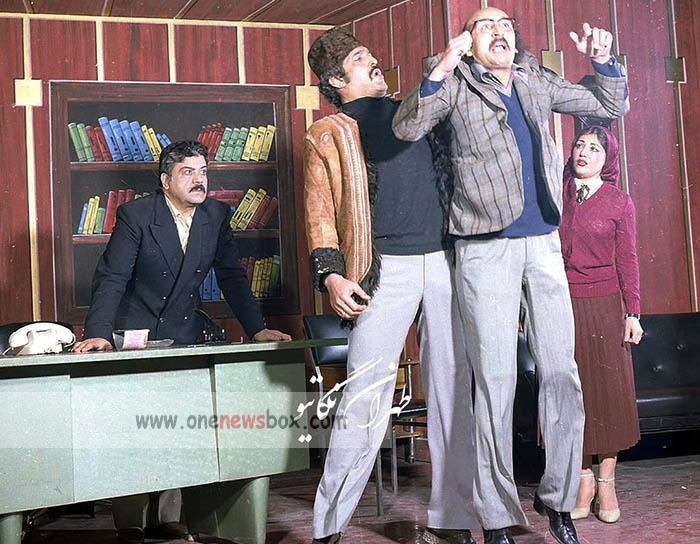5.1 Cinema
Iranian cinema in the early 1940s was still developing. Productions were limited in both number and quality. Imported films, often from Egypt, India, or Europe, dominated the screens. Iranian cinema could not compete with the immediacy and variety of theater, which was why stage performances became the primary cultural outlet for many urban Iranians.
5.2 Radio
Radio Tehran had been established, but its reach was limited. Technical issues, high costs of receivers, and state control over broadcasting restricted its influence. Theater, by contrast, was live and communal, requiring no technology beyond a stage and a hall.
5.3 Press
The press was active, but high illiteracy meant limited readership. Even newspapers that supported political parties could not match the visceral impact of a live performance.
6. The Legacy Beyond 1943
6.1 The Continuation into the Stage Theater Era
The foundations laid during 1940–1943 blossomed into the so-called “stage theater era” of 1944–1945. By then, the momentum of theatrical activity was unstoppable. The National Theater Group and similar ensembles created an atmosphere of professionalization and artistic ambition.

